There aren’t a lot of statues in Venice to commemorate great men of the past, but there is one for Bartolomeo Colleoni.
A huge equestrian statue of Colleoni dominates the Campo SS Giovanni e Paolo in central Venice. The statue is smack in the middle of the square in front of one of the most important churches of the city, and one of the Scuole Grandi, the most important charities of the Serenissima.
You’d expect Colleoni to be from one of the ancient families of the Venetian aristocracy, but he was not. Actually, he wasn’t even Venetian, which absurdly might be the one of the reasons for the statue.
Colleoni, Bergamo and Venice
Colleoni was born sometime around the year 1400 in the city state of Bergamo.
When he was a young man, in 1422, Bergamo (and Brescia) decided they’d rather be with Venice than suffer the dominance of the Visconti rulers in Milan. Bergamo subsequently remained part of the Venetian dominio di terra until the end of the Republic of Venice in 1797.
The Colleoni family was part of the local nobility, and they owned, controlled and fought over many estates in the area.
They also had a family tradition for feudal mercenary warfare, so Bartolomeo Colleoni became a condottiero. As such, he served many masters, but in particular he fought for Venice for over twenty years.
Colleoni‘s misfortune
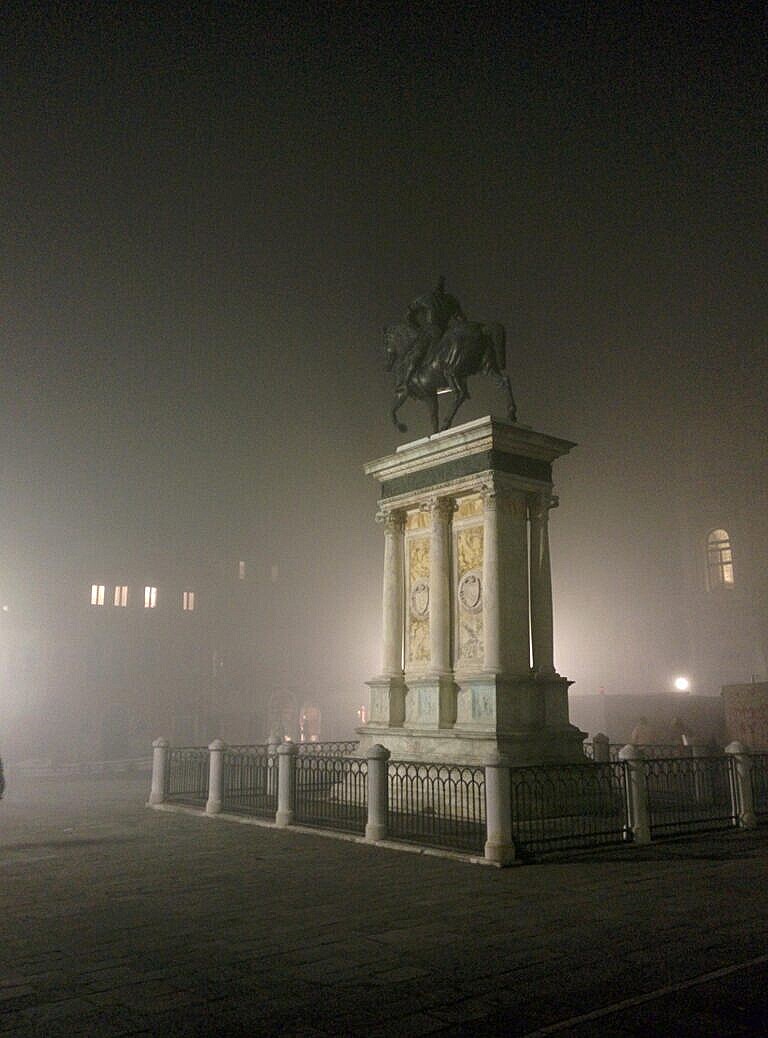
Colleoni died, around eighty years old, in 1475, after a very eventful life, and a very wealthy man.
He did, however, suffer one great misfortune for a powerful medieval nobleman.
Out of seven children, he got seven daughters.
No legitimate male heir meant the end of his dynasty and the end of the name Colleoni.
His oldest legitimate daughter married one of his closest associates within the aristocracy, is Bergamo. Most of his titles, land and money therefore went to them, as the closest and most eligible heirs.
Other daughters, legitimate and illegitimate, married into different noble families in Bergamo and in Venice.
Yet it was the end of the Colleoni family name.
Money for Venice, but …
Bartolomeo Colleoni in his will bequeathed a small fortune to the Venetian state.
The many years and campaigns he fought for Venice were the source of a large part of his wealth and status, so the gesture was in part a recognition of that.
There was, however, a clause on the bequeathment: to get the money Venice has to erect a statue of Colleoni in St Mark’s square. He wanted his name remembered in Venice.
There was a problem, though. The Venetian state couldn’t put up such a statue in Piazza San Marco.
Probably uniquely among ancient European states, Venice never put up statues of the city’s great leaders in public spaces. It not even the greatest of the doges or the ‘captains of the sea’ (admirals of the navy) had public monuments, it would be difficult to make one for a foreigner.
Yet, the money would be nice.
In front of St Mark’s
Venice, to get the money, had a grand statue made for Colleoni anyway, and put it in front of a St Mark’s.

Not in St Mark’s Square in front of the Basilica di San Marco, as Colleoni had requested, but in front of the Scuola Grande di San Marco in Campo SS Giovanni e Paolo.
The statue was erected in front of a St Mark’s, not the St Mark’s.
Yet, the Campo SS Giovanni e Paolo is large for a Venetian square, very central, and hugely important in the public life of the Republic of Venice.
The Basilica di SS Giovanni e Paolo is one of the largest churches in Venice, with the burial chapels of some of the most ancient and wealthiest families from the Venetian aristocracy.
Out of some 120 doges in the history of the Serenissima, over twenty are buried in that church, and the public funerals of all doges happened there.
The adjacent building, the Scuola Grande di San Marco, was one of six historic and extremely wealthy charities in Venice, comparable to something like a Rockefeller Foundation today.
The façade of the building is a clear sign of the wealth in the treasury inside. It is richer and grander than the church besides it, itself one of the most important churches in Venice.
Verrocchio and Leopardi
After the formal decision to erect a monument to Colleoni in Campo SS Giovanni e Paolo in 1479, the following year Venice gave the task of creating the statue to Andrea del Verrocchio from Florence.
Verrocchio was highly regarded in his time, and besides works of art, his workshop also produced apprentices like Leonardo da Vinci and Sandro Botticelli.
A wax model of the statue arrived in Venice in 1481, and later in 1486 Verrocchio arrived in Venice to oversee the fusion of the statue.
However, the fusion of a large bronze statue is a lengthy process, and Verrochio died in Venice in 1488 before finishing the job.
The Venetian government decided, against the express request of Verrocchio, to ask a local artist, Alessandro Leopardi, to finished the job. The statue was erected in its current location in 1496.
The plinth is the work of Leopardi.
Localities
Paintings with the statue of Colleoni
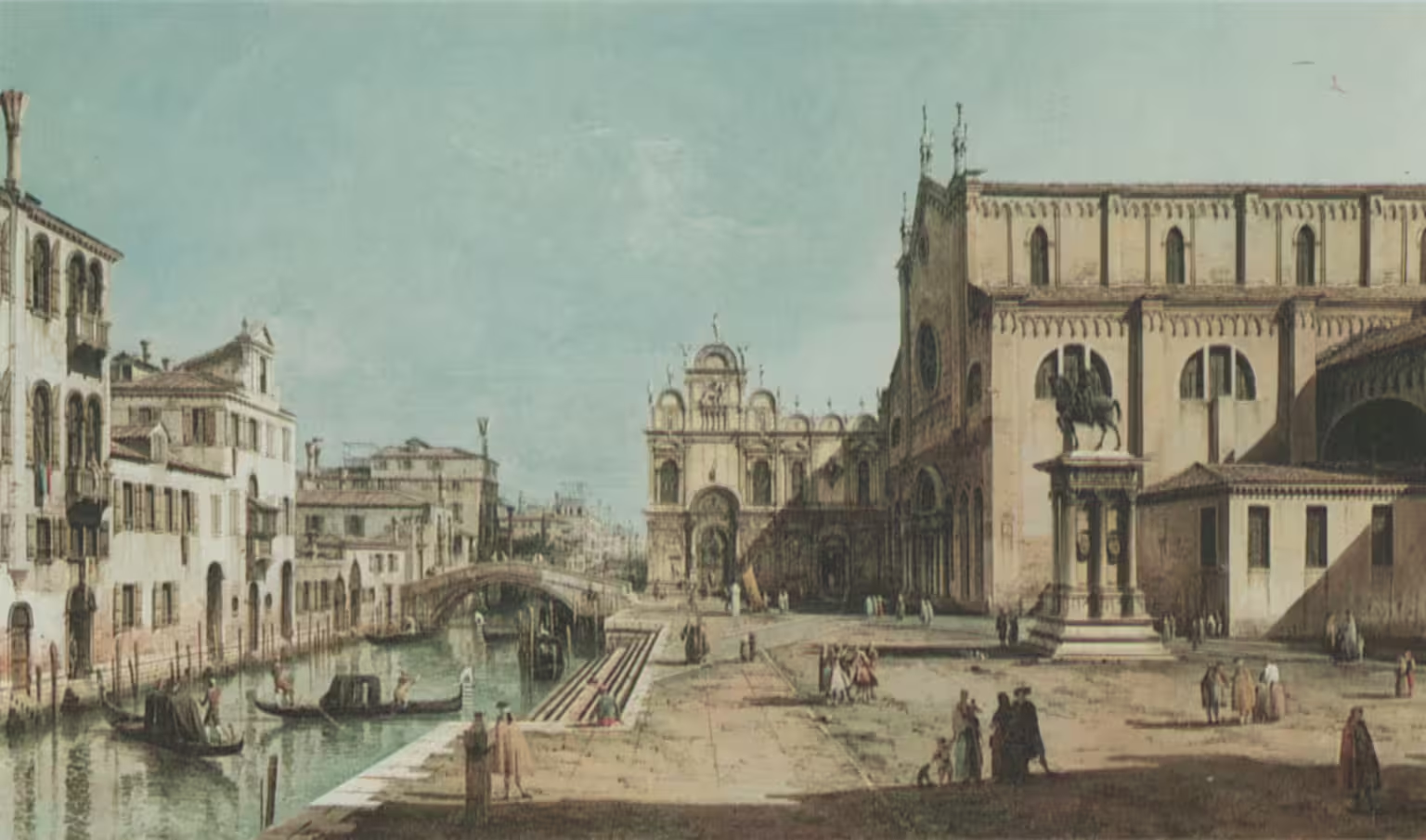

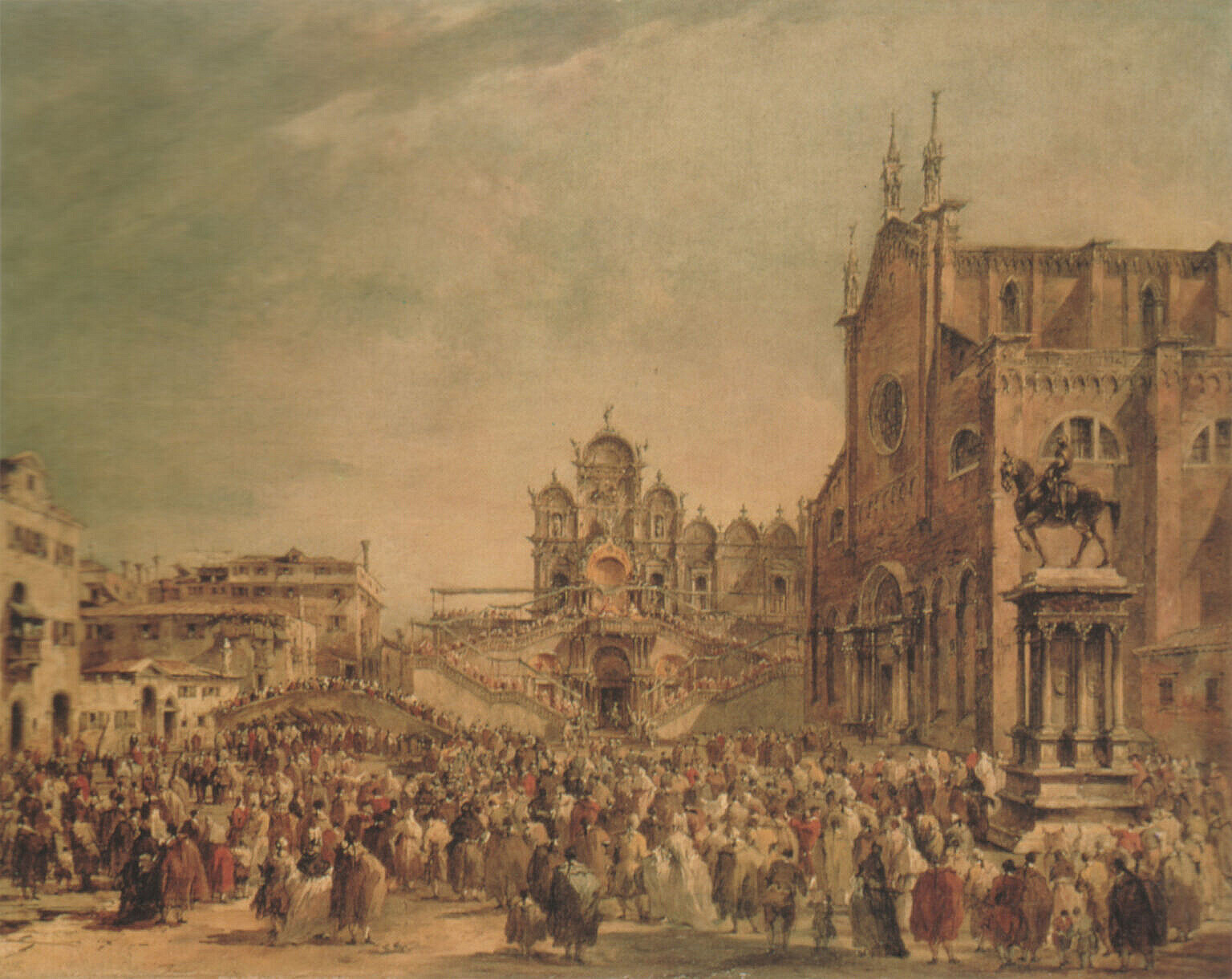
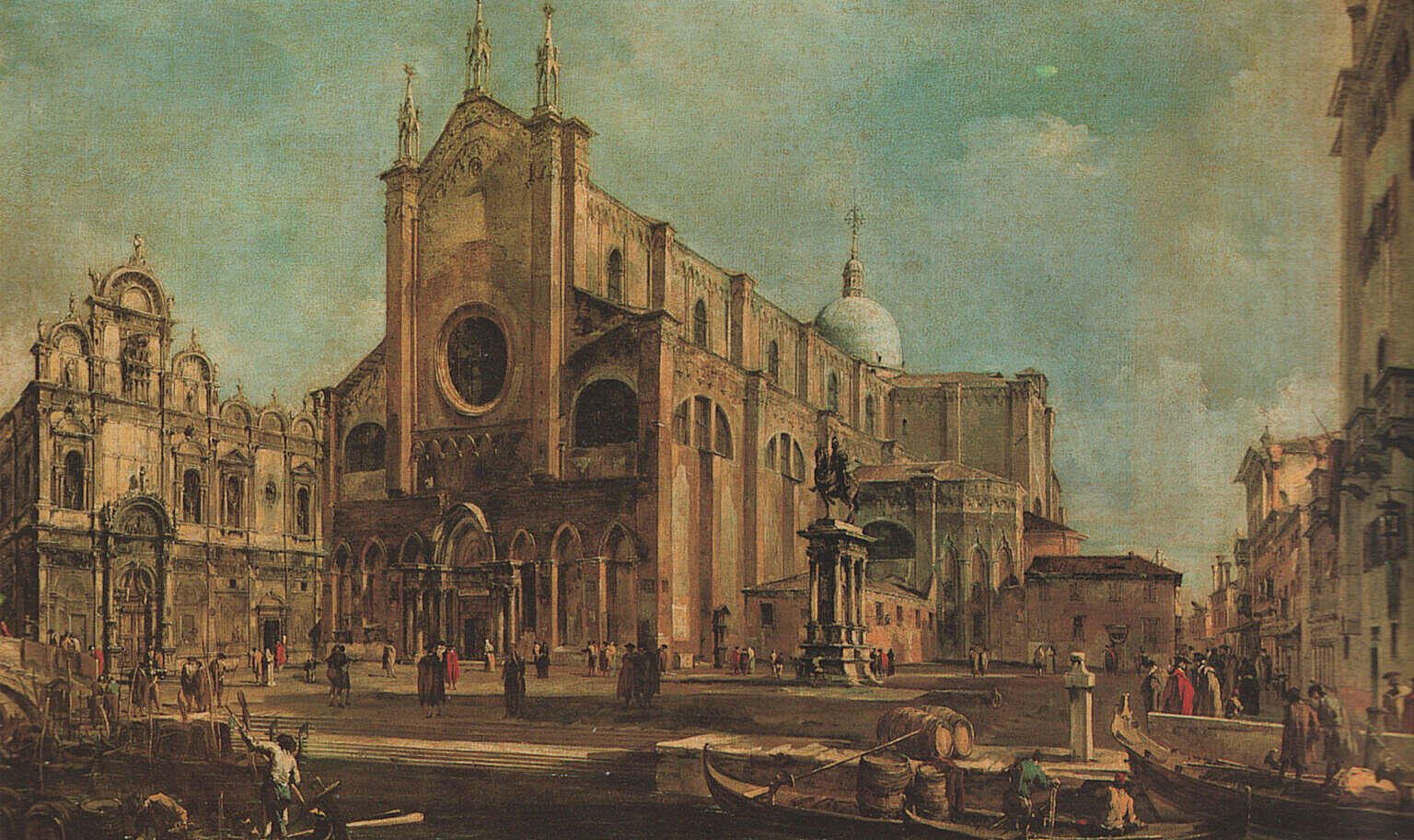
The other statues in public spaces in Venice are listed here.

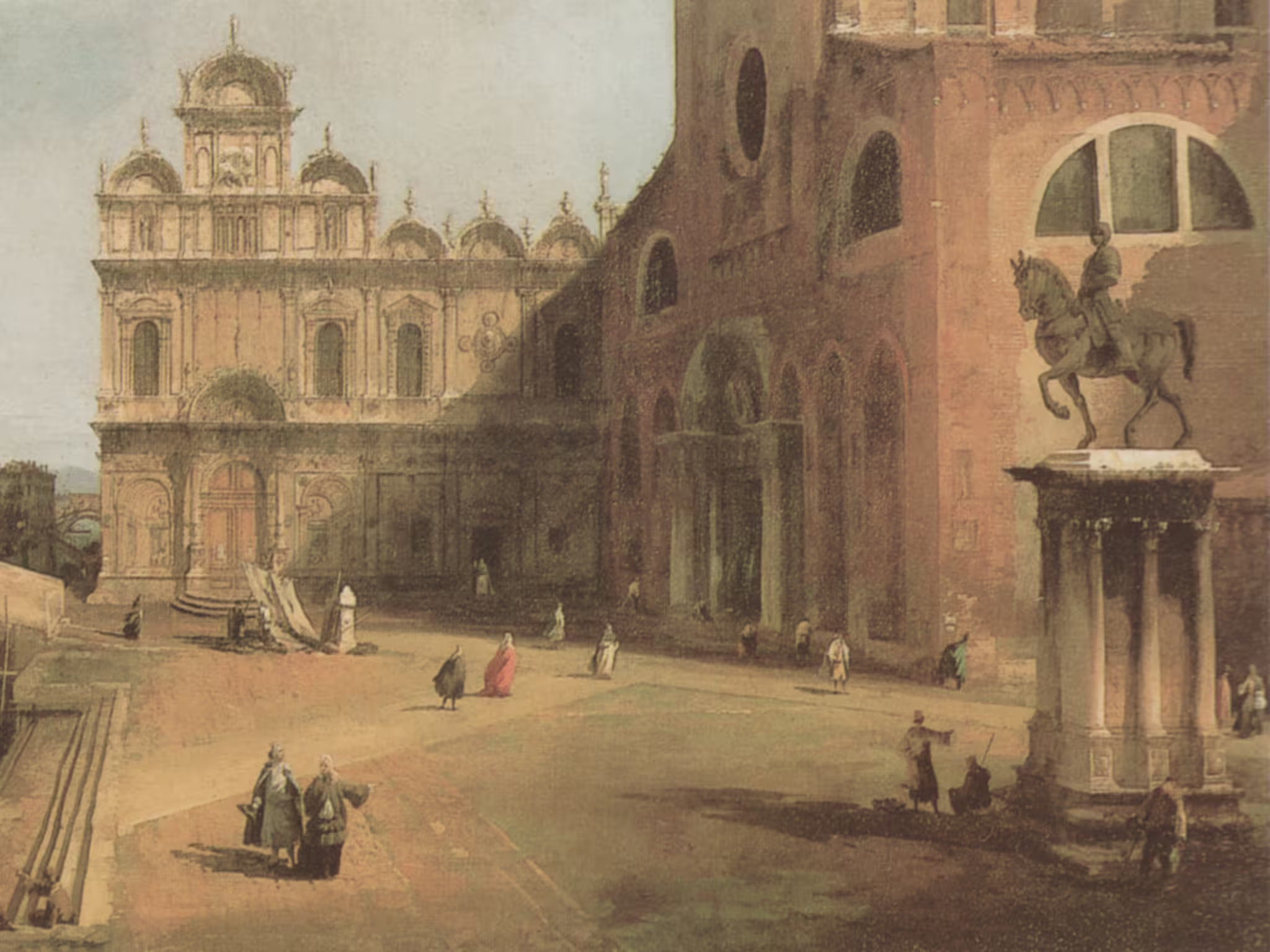

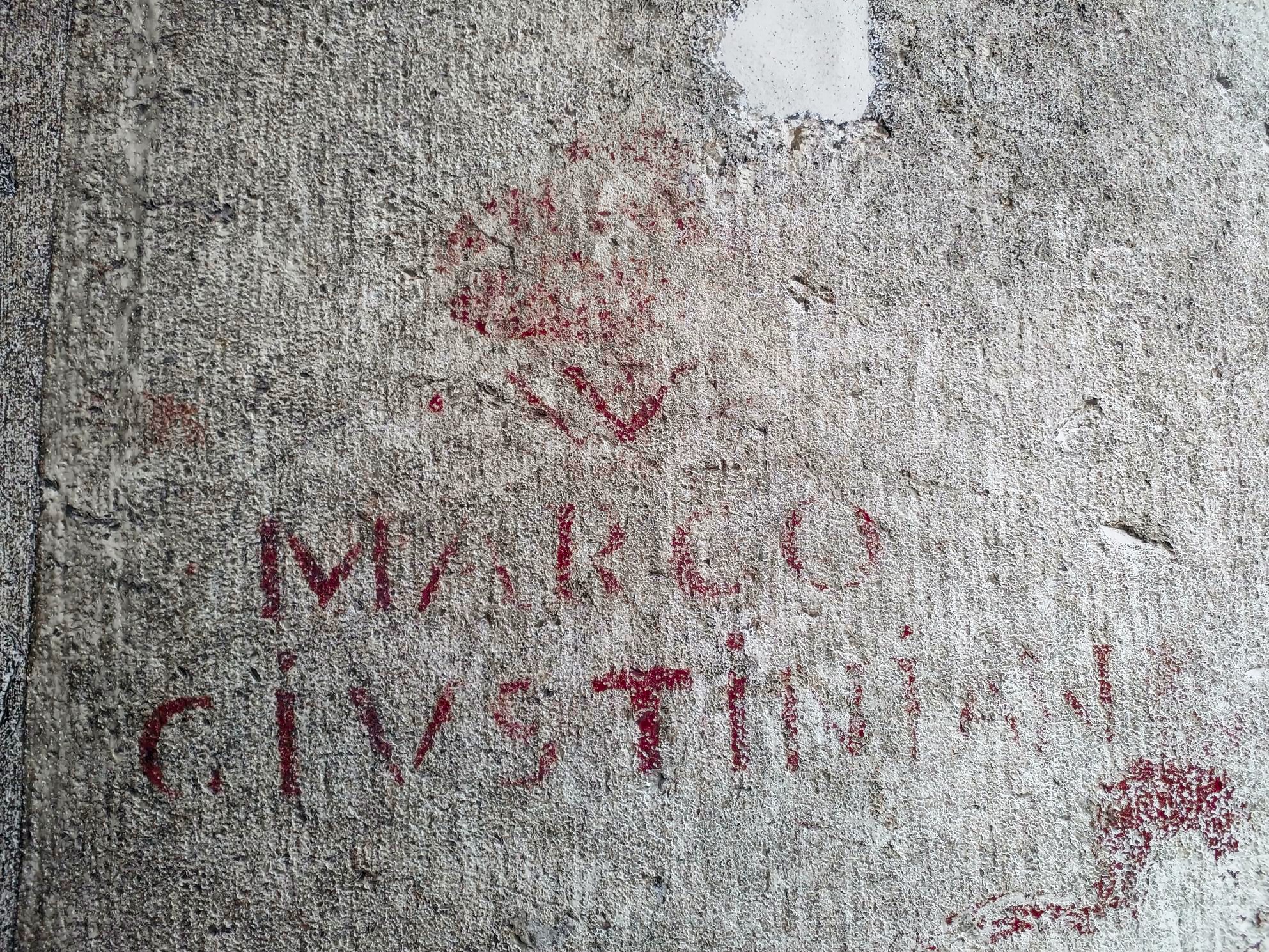
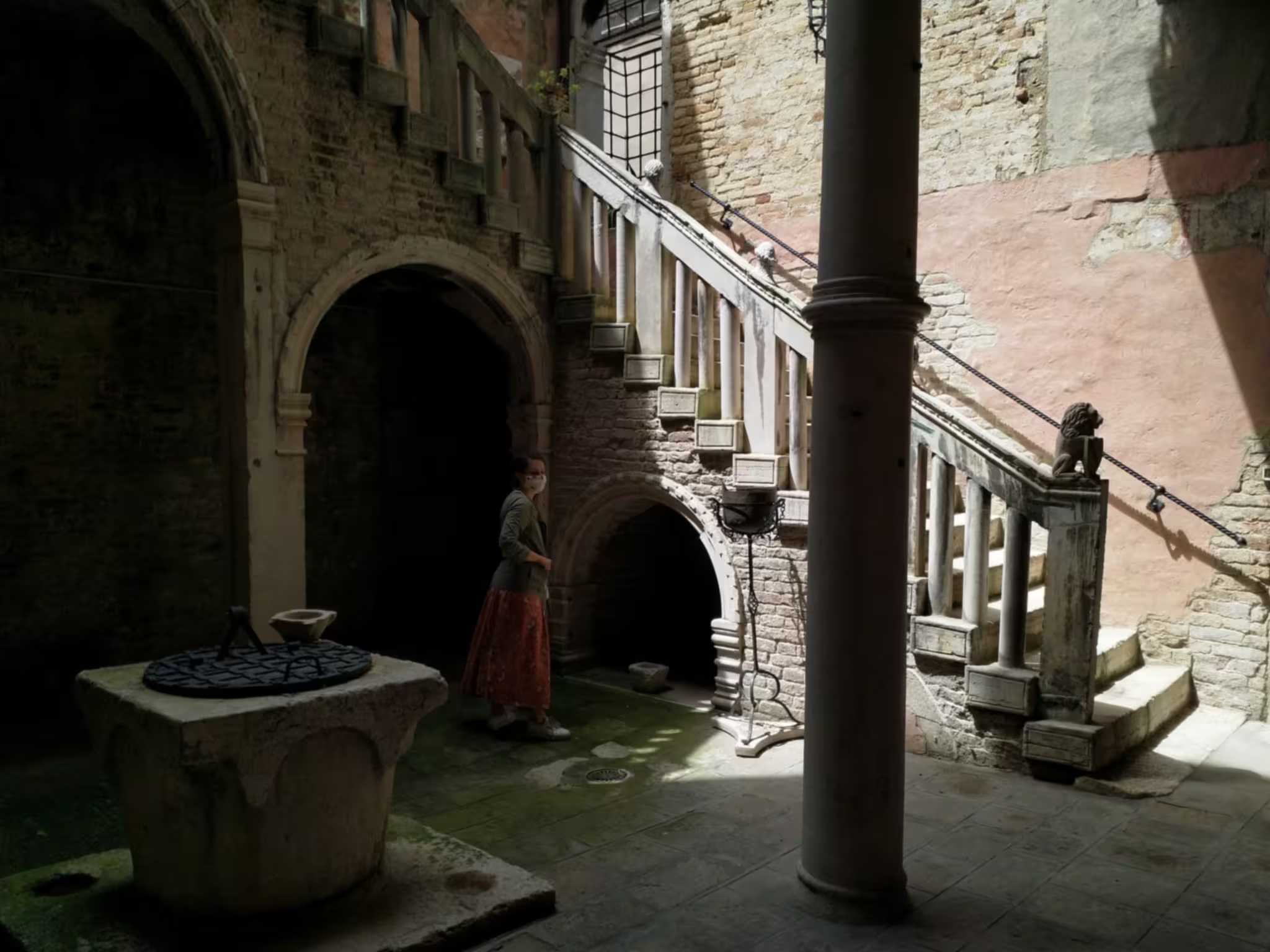
Leave a Reply